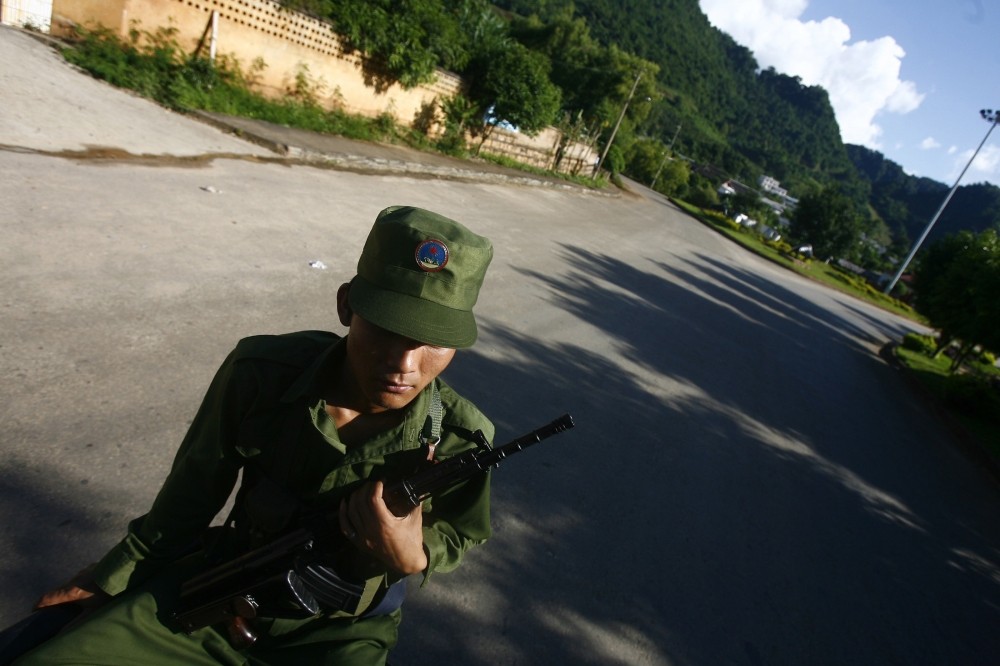15/07/2024
15/07/2024

BANGKOK, July 15, (AP): Recently renewed combat in northeastern Myanmar between troops of the military government and ethnic minority militias has in the past few days become more complicated, as two minority groups not previously involved in the fighting stepped into the fray, claiming to act as a third force for stability.
The intervention of the powerful fighting forces of the United Wa State Army and the Shan State Army-North highlights tensions among the various ethnic minority guerrilla groups who have been fighting for decades for greater autonomy from Myanmar’s central government.
While many of the groups have alliances with the pro-democracy resistance forces that arose to fight military rule after the army ousted the elected government of Aung San Suu Kyi in 2021, they prioritize their own goals, which include control over territory.
The focus of every group is now on Lashio, which is about 210 kilometers (130 miles) northeast of Mandalay, the country’s second-largest city and headquarters of the northeastern military command of Myanmar’s ruling generals.
Two ethnic armed groups, the Ta’ang National Liberation Army, or TNLA, and the Myanmar National Democratic Alliance Army, or MNDAA, last week had been advancing on Lashio, the biggest city in northern Shan state. The TNLA represents the Ta’ang or Palaung ethnic minority, and the MNDAA is a military force of the Kokang minority, who are ethnic Chinese.
The two groups had been part of the Three Brotherhood Alliance, which last October had launched a surprise offensive that succeeded in seizing large tracts of territory along the border with China. The current fighting that began last month had marked an end to a Chinese-brokered cease-fire that nominally stopped fighting between the army and the alliance.
But the United Wa State Army and the Shan State Army-North, who were not involved in the October offensive, late last week moved their own soldiers to the Lashio area, apparently impeding the offensive by the TNLA and MNDAA.


